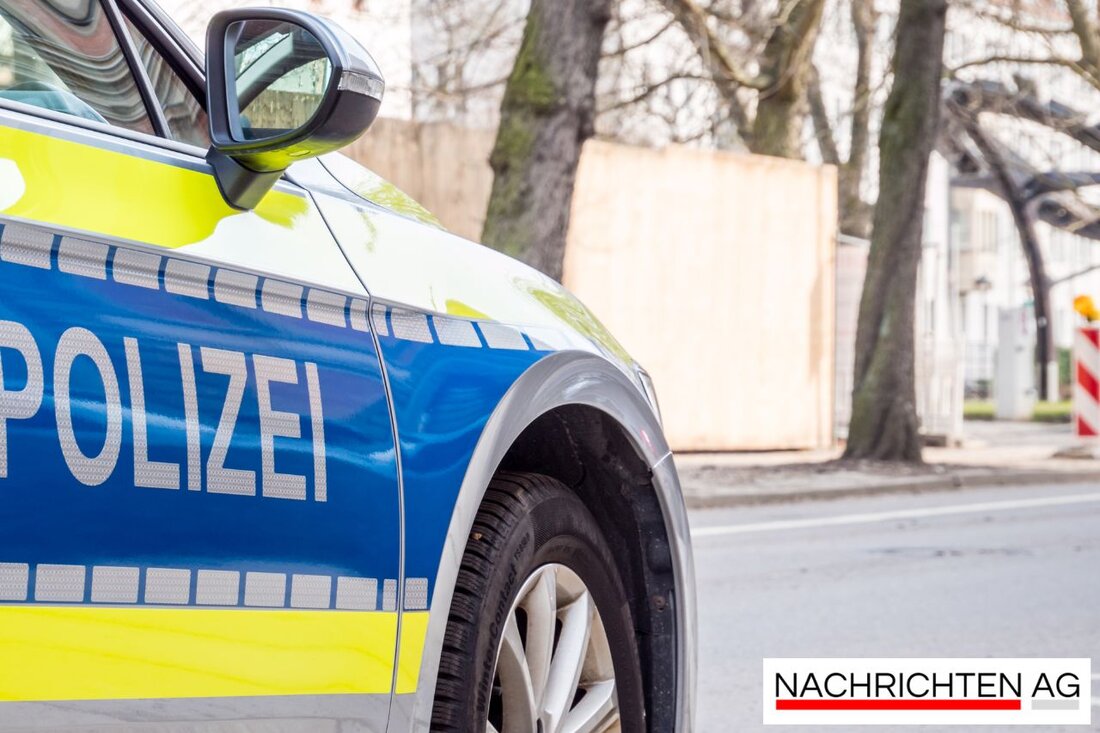Bollard drama in Friedrichshain: Citizens defend themselves against traffic policy!
Berlin-Friedrichshain is experimenting with neighborhood blocks: bollards, traffic policy and citizen resistance are the focus of the discussion.

Bollard drama in Friedrichshain: Citizens defend themselves against traffic policy!
In the heart of Berlin, the so-called “Kiezblock” has been attracting attention since 2021. The Friedrichshain district had experimented with measures such as bollards, 10 km/h speed limits and zigzag traffic routing in order to minimize traffic and increase the quality of life. But not everything that glitters is gold. Current reports show that the bollards in the Samariterkiez are increasingly disappearing, which is interpreted as resistance to traffic policy. For example, eight bollards were removed using a special key, which angered some residents and politicians affected by the measures. Die Welt reports that taxi drivers and delivery people benefit from these remote bollards because they can avoid cumbersome detours.
But a look at the emergency services reveals a different focus: an incident on Scharnweberstrasse made it clear that an ambulance could not get to the scene because of the bollards. In response to the situation, the district government ordered new bollards, which cost 1,500 euros. The police are also investigating the theft of the bollards. The political discourse shows that the district government is willing to put ideologies above the reality of citizens' lives.
Political reactions and resistance
The Greens, who received 34.5 percent of the vote in Friedrichshain in the last elections, appear to be firmly in the saddle. However, there is growing criticism of their policies, which are often perceived as symbolic rather than practical. So they go into conflict against the proposals of the CDU, SPD and Left in a dispute over the reallocation of constituencies and impose their own plan.
It is not just transport policy that is criticized. Citizens also complain that important issues such as drug trafficking and dilapidated schools are not being adequately addressed. The resistance to transport policy is increasingly reflected in developments in the district, which is heating up the political mood.
Wadersloh – A comparison with other regions
Another positive aspect are the initiatives such as “Fahr Mit!”, which reduces traffic and thus reduces the environmental impact in the region. The commuter portal also promotes social networking through communal commuting both to work and during leisure time.
The situation and approaches in Wadersloh make it clear that there are different approaches to transport policy and quality of life. While Friedrichshain struggles with its strict measures, Wadersloh shows how pragmatic solutions can create a pleasant environment for everyone involved.
The developments in Berlin and Wadersloh show how transport policy can directly influence people's lives and that dialogue between different interest groups is essential to find sustainable solutions.

 Suche
Suche
 Mein Konto
Mein Konto